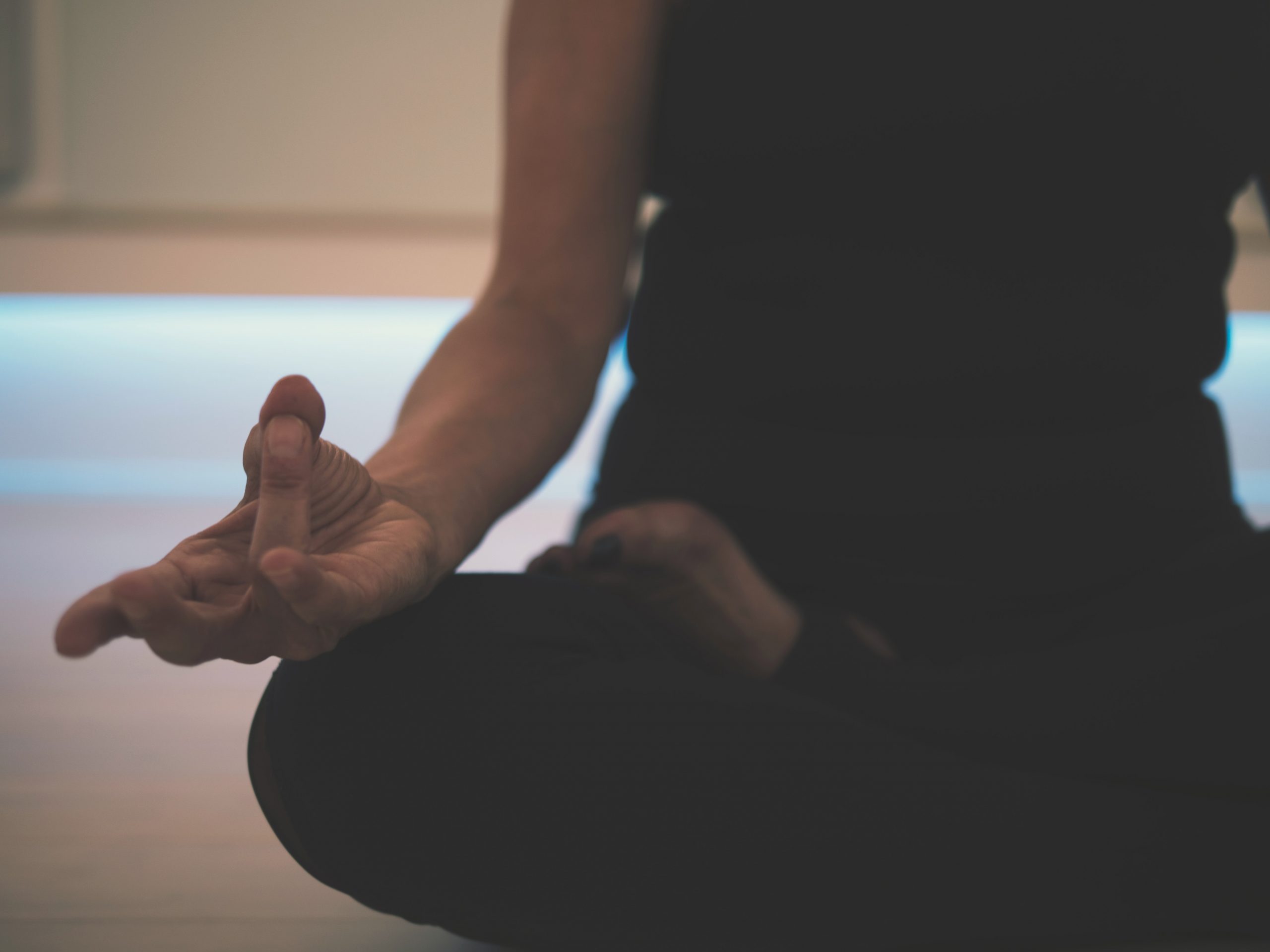
5 ways to deal with stress
This year, 79% of British adults in employment reported that they commonly experience work-related stress.
With everything that’s happened in 2020, it’s no surprise this is 20% higher compared to the previous figure from 2018. Other common stressors included finances (60%), family (48%), health (45%) and relationships (35%).
Companies are putting more policies in place to reduce stress, such as work-from-home policies (39%), flexible working hours (37%) and regular one-to-ones between employees and managers (37%). This is encouraging, but 19% of respondents said their workplace did nothing.
Research commissioned by Mind also found that work is the most stressful factor in people’s lives:
34% of respondents said their work life was either very or quite stressful, more so than debt or financial problems (30%) or health (17%).
19% took sick days because of stress, but 90% of those people cited a different reason for their absence.
9% had resigned from a job due to stress.
25% have considered resigning due to work pressure.
These results are unfortunate to say the least, given how work takes up such a significant amount of time in our lives, plus being in the midst of pandemic can heighten existing issues. So for this year’s Stress Awareness Week, we wanted to break down some of the ways you can manage stress, both in your working life and beyond.

1. Get active
Exercise releases endorphins, which are your brain’s feel-good neurotransmitters. They relieve pain and stress, regulate your sleep cycles, and help to stimulate chemicals that regulate your mood: dopamine, norepinephrine, and serotonin. Exercise can also keep stress hormones at a balanced level.
The most important thing is to find a form of exercise you enjoy and will be motivated to keep doing, so you can feel the benefits on a regular basis.

2. Meditate
Meditation has become a popular stress-reliever in recent times, but it’s an age-old practice. There are different forms of meditation, so it’s worth trying a few and seeing what works for you.
Meditation can be used in the following ways:
As part of your daily routine, helping you build resilience to stress
As a technique to calm you down when you’re caught off guard
As a way to reverse your body’s stress response, relaxing you physically and, by extension, mentally
Meditation isn’t for everyone. However, some people might find that it really works. A 2017 study found that just 10 minutes of meditation a day can help anxious people have better focus, calming the mind and un-jumbling your thoughts.
Everyone’s experience of stress is, of course, different. The extent of our stress largely depends on the demands placed on us and the responsibility we shoulder. Each of us should be familiar with how stress affects us, whether it’s tension in the muscles, tightness in the chest, headaches, fatigue, insomnia, nausea, or dizziness to name a few of the symptoms.
We meditate to counter the “stress response” with the “relaxation response,” leading to a decrease in blood pressure, heart rate, and oxygen consumption. Apps like Calm and Headspace will talk you through the meditation process, offering a free trial for beginners so you can try it out without committing to monthly payments.

3. Try a new time management technique
Proper time management can help you take control of your day and find some balance. You’ll be more efficient, make better decisions, and feel less overwhelmed by everything you need to do.
Different techniques work for different people. You could try:
The pomodoro technique
Eat The Frog
Categorising tasks
The pomodoro technique
Invented by Frances Cirillo in the 1980s, the pomodoro technique is simple. You choose a task, set a timer for 25 minutes, then work on the task without interruption until the timer goes off. Take a break for five minutes, then repeat.
Each block of 25 minutes is known as a pomodoro. When you’ve completed four pomodoros, you can take a longer break of 20 minutes or more.
Eat The Frog
More pleasant than it sounds, Eat The Frog involves identifying the most difficult task of the day, also known as your frog. You then take this on first-thing in the morning. This stops you from putting it off, and also has the added benefit of helping you feel accomplished once it’s done. You’ll be more motivated to tick off the rest of your to-do list as the day goes on.
Repeat this every day and you’ll soon see your productivity levels rise – and your stress levels go down.
Categorising tasks
The Eisenhower Matrix
In 1954, former US President Dwight D. Eisenhower said, “I have two kind of problems: the urgent and the important. The urgent are not important, and the important are never urgent.”
This quote inspired the Eisenhower Matrix, a way of categorising tasks to help you prioritise them. There are four categories:
Urgent and important: Do it now
Important, not urgent: Decide when to do it
Urgent, not important: Delegate it
Not urgent or important: Delete it
You can sort your tasks by drawing a box for each category and writing your tasks in them accordingly, or put them into a list like the one above.
The ABCDE method
Start by making a list of all the tasks you need to do. Next, assign each task a letter according to its value, from A (very important) to E (eliminate if possible). This will help you decide what to do first, with A and B-graded tasks taking priority.
However you organise your day, remember to take regular breaks to refresh your mind.

4. Take some time for yourself
Speaking of breaks… taking time for yourself is something many of us are probably guilty of not doing enough. But it’s important to have downtime.
Research has shown that taking a break can be very beneficial for both your wellbeing and productivity. Time away from work can help return your mental state to its baseline, helping you recover from any stress. It can also give you an energy boost, and reduce the risk of conditions associated with stress, such as fatigue, sleep disorders, and heart disease.
Read a book, watch Netflix, sit down with a cup of tea, phone a friend – whatever you love to do, don’t neglect it. And don’t feel bad about it either.

5. Accept change
Try to focus on things you do have control over, not those you don’t. (Easier said than done at the moment, we know.) You can’t always do anything, and sometimes it’s not worth your time and energy trying.
Heraclitus, a Greek philosopher, has been quoted as saying, “Change is the only constant in life.” The more we accept and deal with change, the easier it becomes.
As popular as this simple quote is, not many of us have learned the art of successfully applying its meaning into our lives. According to The Mind Fool, there are four main steps to make this quote a part of your existence:
Learn it
Embrace it
Accept it
Apply it
Why not look at the positive side of change? Many of us have a love-hate relationship with change, but nothing is ever going to stay the same. Things could get better or they could get worse, but worrying isn’t going to change the outcome.
Please reach out to your loved ones, a GP or a mental health charity like Mind if you need support managing stress.
Sign-up to Reddico News
To keep up-to-date with the latest developments in the world of SEO, our insights, industry case studies and company news, sign-up here.




